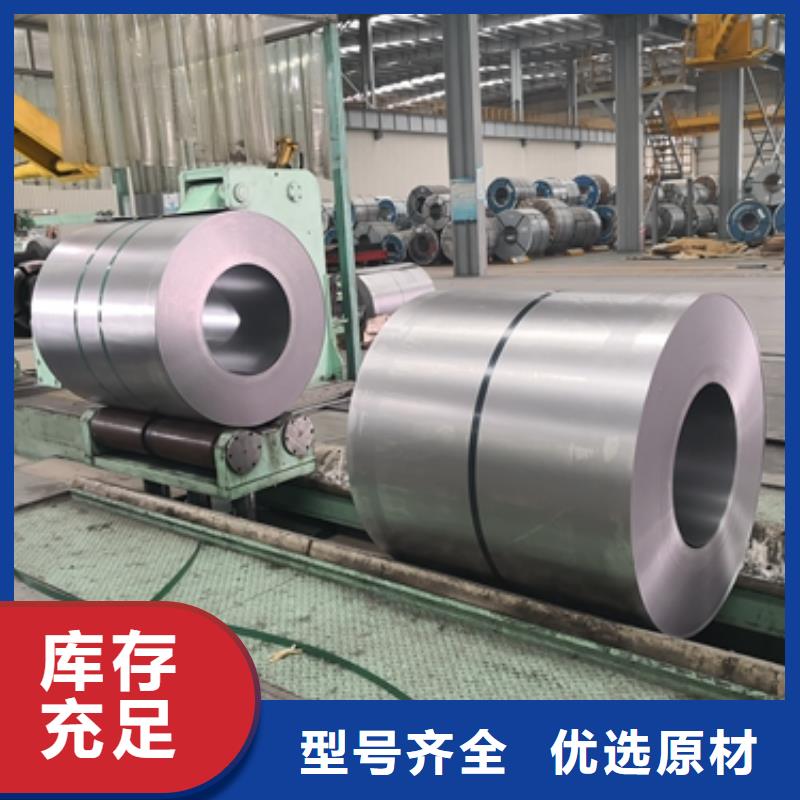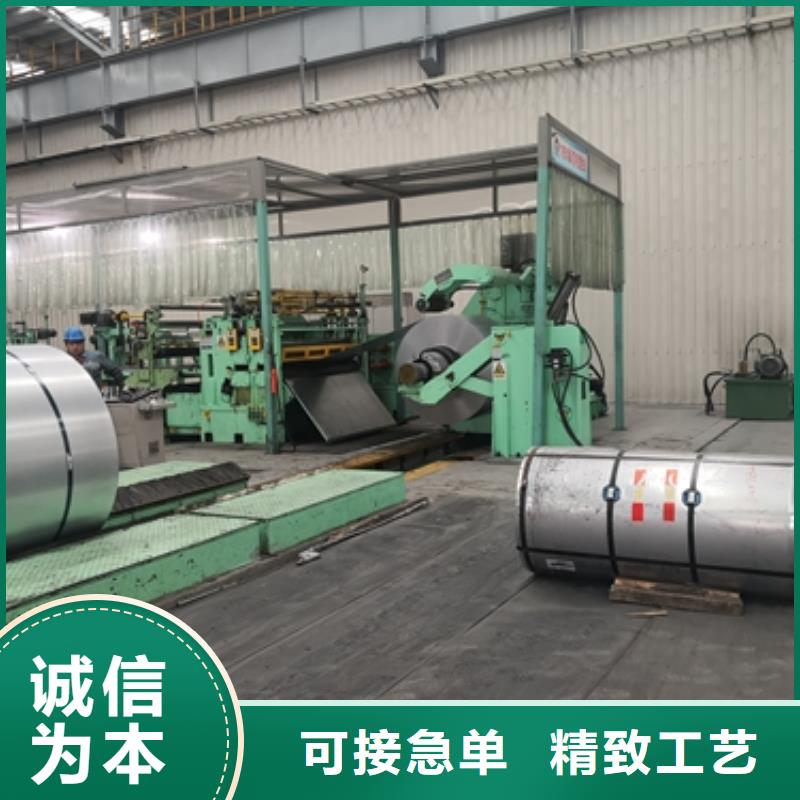我们的现场实拍视频将带您走进取向硅钢咨询30QG120产品的世界,让您亲眼见证其优点和特点,为您的购买决策提供有力支持。
以下是:取向硅钢咨询30QG120的图文介绍
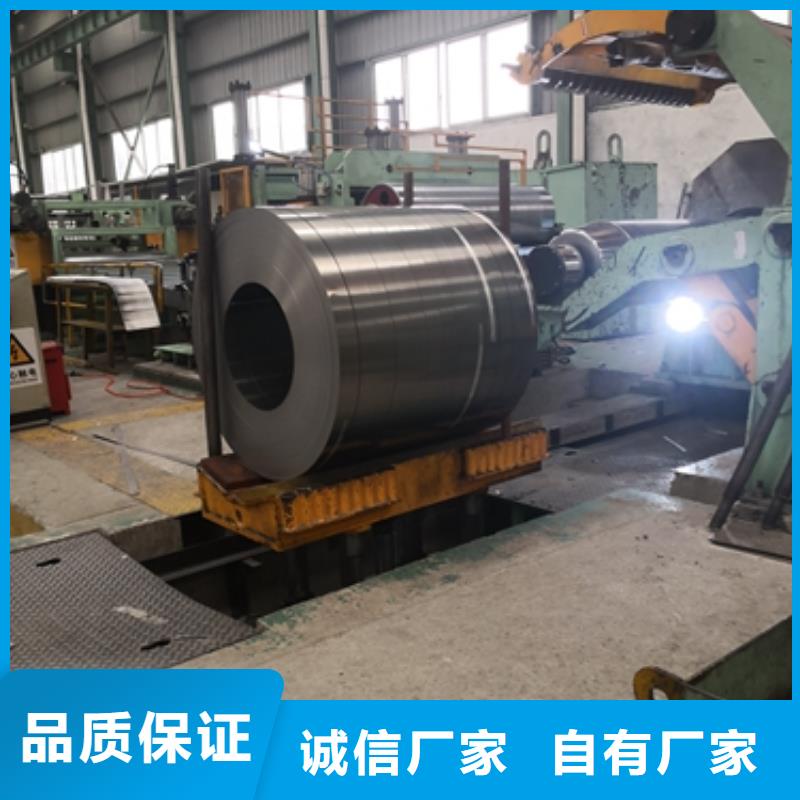
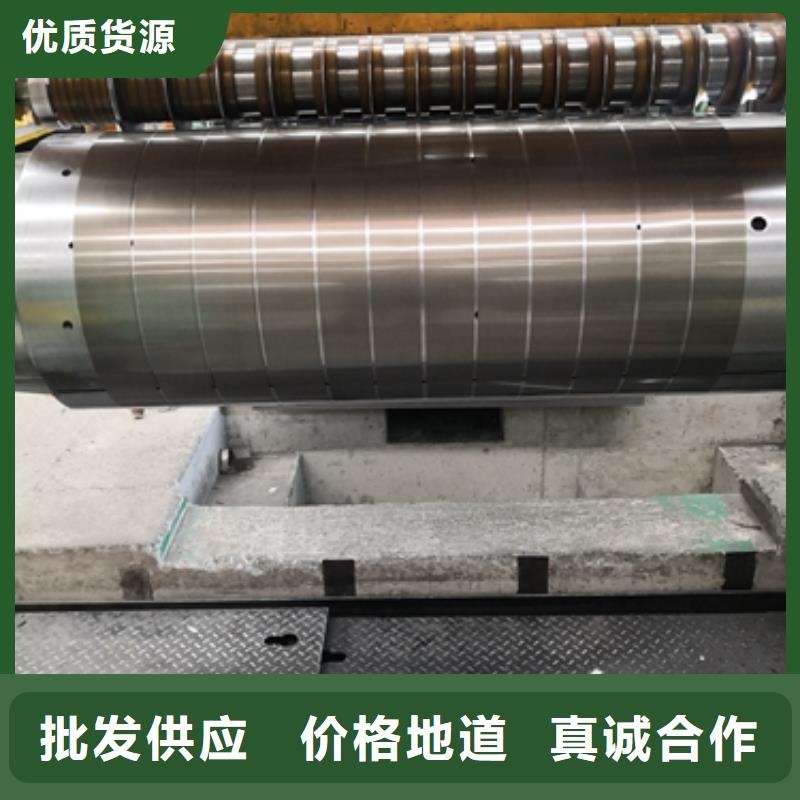
电工钢硅钢片1930~1967年主要是冷轧普通取向硅钢(CGO)板的发展阶段。1933年高斯采用两次冷轧和退火方法制成沿轧向磁性高的3%Si钢。1935年美国的Armco钢铁公司利用高斯 技术与Westinghouse公司合作开始了冷轧取向硅钢的生产。经20年不断发展,Armco公司于50年代中期完善成二次冷轧法晶粒取向硅钢生产工艺,即Armco工艺,此后,Armco工艺长期垄断了世界冷轧取向硅钢生产,普通取向硅钢(CGO)产量约80%都是按照Armco 生产的。
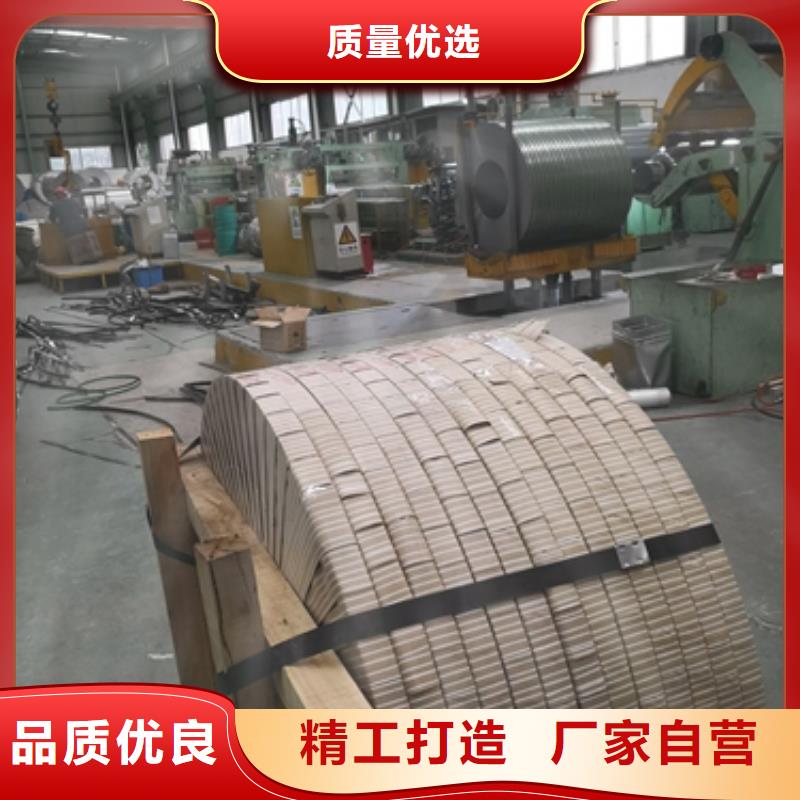


鹿程国际贸易(张家口市分公司)拥有先进的设备,具有较完整的设计、开发、检测和制作 新能源电工钢的能力。我们会根据你的实际需求为您提供使用的应用,我们用更多的创意为企业发展进行有效工作。此外,在技术层面上,我们还会考虑产品质量、、工艺、美观等因素,尽量为客户降低成本,提高广告效益。 在多年的风雨磨练下公司日渐形成先进的工作理念,管理架构与服务工作,通过增加各部门的精英人才,我们在为不断自我竞争力而努力,有着核心设计人才和专业的施工队伍,以求更完善地为每个客户服务。
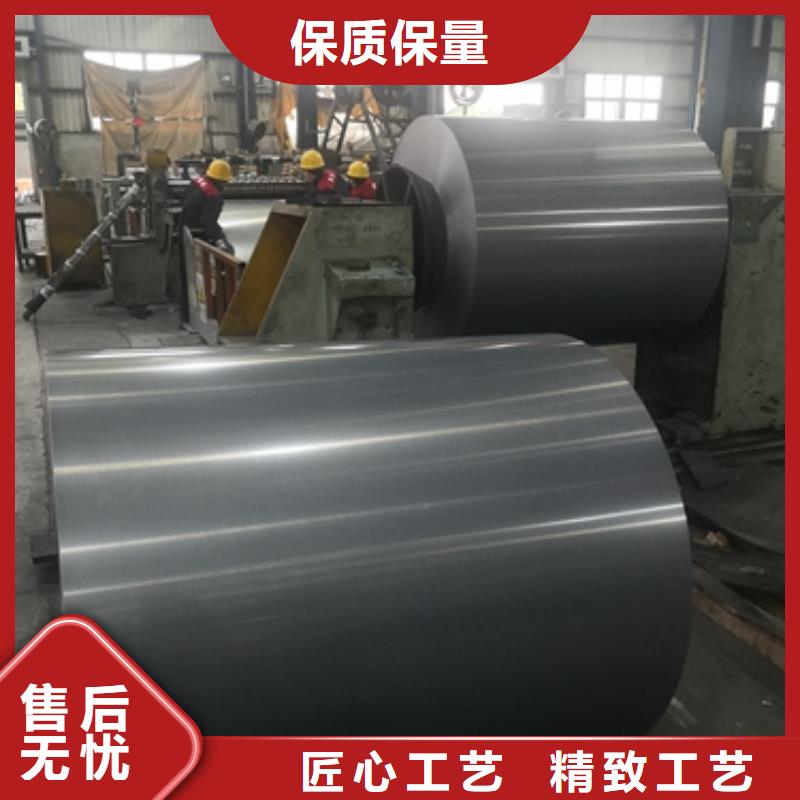
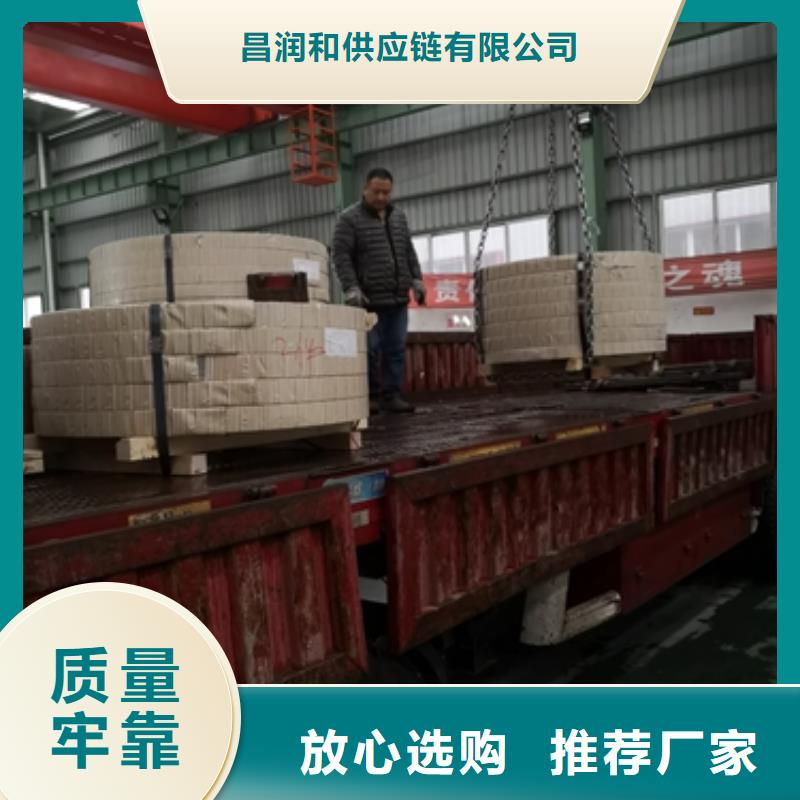

电工钢硅钢片硅钢是一种硅铁合金。用硅钢轧制的片材是电工领域中应用广的软磁材料,因而硅钢片又称电工钢片。硅钢片广泛用于电动机、发电机、变压器、扼流圈、电磁机构、继电器及测量仪表中电机工业大量使用厚度为0.35~0.50mm的硅钢片,用于:中型旋转机,压缩电机,通用马达,小型精密电机,电动汽车,压缩机,通用电机,电源变压器,精密变压器,节能电机,焊机变压器,稳压器,磁性密封器,加速器用电磁铁,汽车电机等;在电信高频技术中常用0.05~0.20mm的薄带钢片,以便更有效地降低涡流损耗。热轧硅钢片厚度为0.35~0.50mm,密度为7.55~7.70g/cm3,多用于大、中、小型交、直流电动机;冷轧无取向硅钢片厚度为0.35~0.50mm,密度为7.65~7.75g/cm3,多用于大型交流发电机、电动机,大、中、小型交、直流电动机;冷轧取向硅钢片厚度为0.23mm 0.27mm 0.3mm 0.35mm,密度为7.65g/cm3,多用于电力变压器、油浸式变压器,干式变压器,电抗器、磁放大器等;冷轧取向薄带厚度为0.05~0.20mm,多用于无线电高频变压器。


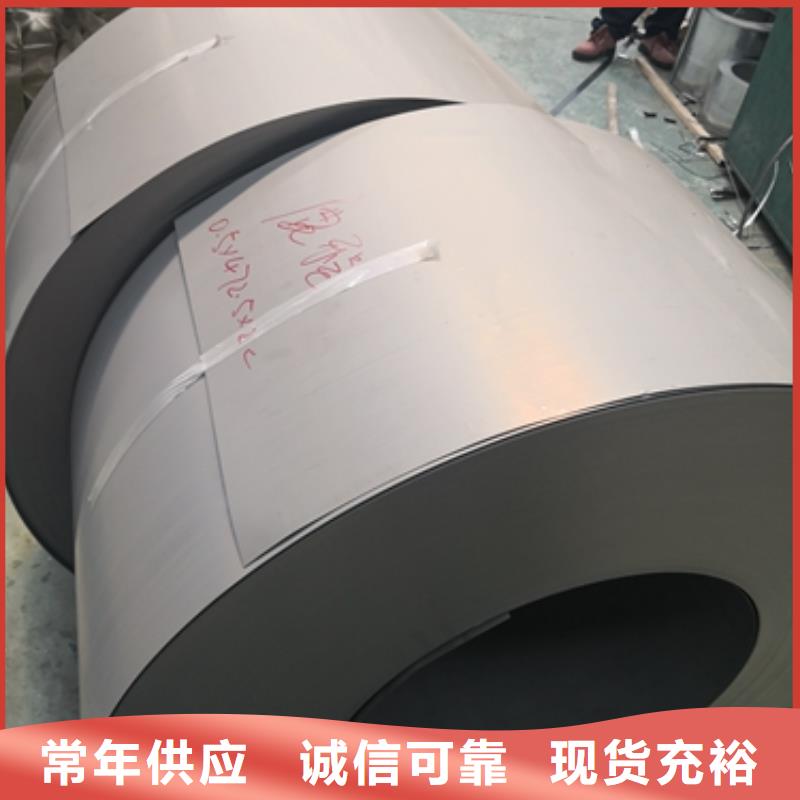
电工钢硅钢片:供货形式产品以卷供货,简称钢卷。当订货合同中未注明边缘状态时,产品按切边状态供货。6.2.1 钢卷的重量应符合订货要求,卷重一般为 2.00~6.00 吨。6.2.2 钢卷通常以切边状态交货。用户有特殊要求时,通过协议可以以不切边状态交货。6.2.3 钢卷内径应在 500mm~520mm 范围内,内径值为 508±5mm。6.2.4 钢卷应由同一宽度的钢带连续、本地紧密卷绕,卷的侧面应尽量平直,自重下不塌卷。Q/BQB 485-202156.2.5 产品可能由于去除缺陷而产生接带或焊缝,接带或焊缝处应作标记,接带或焊缝前后部分应为同一牌号,且不超过 2 处,焊缝间钢带长度应不小于 200 米。6.2.6 除无涂层系列产品之外,产品两面涂有绝缘涂层。6.2.7 用户有特殊要求时,应符合订货协议。


电工钢硅钢片Electrical steel, also known as silicon steel sheet, is an indispensable metal material in the power, electronics, and military industries, and is also the largest functional material in production. It is mainly used as the iron core for various motors, generators, and transformers. Since it is a functional material, its performance testing also revolves around "function". These indicators are often mentioned in trade and processing processes, and a brief understanding can help everyone better carry out their work. The performance testing of electrical steel mainly includes the following aspects: magnetic inspection, stacking coefficient inspection, coating adhesion inspection, repeated bending inspection, size and shape surface inspection, and conventional mechanical property inspection. In addition to the types of products listed above, there are also some special purpose electrical steel plates, such as 0.15 and 0.20mm thick 3% Si cold-rolled non oriented silicon steel strips and 0.025, 0.05, and 0.1mm thick 3% Si cold-rolled oriented silicon steel strips, which are used as intermediate and intermediate grade High frequency motors and transformers, as well as pulse transformers, etc; 0.7mm thick 3% Si high-strength cold-rolled non oriented silicon steel plate for relays and power switches; High strength cold-rolled electrical steel plate for new high-speed motor rotors; Low carbon electrical steel hot-rolled thick and cold-rolled plates for magnetic shielding and high-energy accelerator electromagnets such as medical magnetic resonance tomography scanners; 4.5% to 6.5% Si high silicon steel plates for high-frequency motors, transformers, and magnetic shielding.
Generally, motors, transformers, and other electrical components are required to have high efficiency, low power consumption, small size, and light weight. Electrical steel plates are usually guaranteed to have magnetic properties based on core loss and magnetic induction strength. Magnetic induction strength is the number of magnetic lines passing through a unit cross-sectional area of the iron core, also known as magnetic flux density. It represents the material‘s magnetization ability, measured in T. The magnetic induction strength of electrical steel plates is high, and the excitation current (also known as no-load current) of the iron core is reduced. Copper and iron losses are also reduced, which can save electrical energy. When the power of the motor and transformer remains constant, the magnetic induction intensity is high, and the design Bm can be increased. The cross-sectional area of the iron core can be reduced, which reduces the volume and weight of the iron core, and saves the amount of electrical steel plates, wires, insulation materials, and structural materials used. This can reduce the total loss and manufacturing cost of the motor and transformer, and is beneficial for the manufacturing, installation, and transportation of large transformers and motors. The main requirements for the performance of silicon steel are:
1. Low iron loss is the most important indicator of the quality of silicon steel sheets. Various countries classify grades based on iron loss values, with the lower the iron loss, the higher the grade.
2. Under strong magnetic fields, the magnetic induction intensity (magnetic induction) is high, which reduces the volume and weight of the iron core of the motor and transformer, saving silicon steel sheets, copper wires, and insulation materials.
3. The surface is smooth, flat, and the thickness is uniform, which can improve the filling coefficient of the iron core.
4. Good lamination performance is more important for manufacturing micro and small electric motors.
5. The adhesion and weldability of the surface insulation film are good, which can prevent corrosion and improve the punching performan
